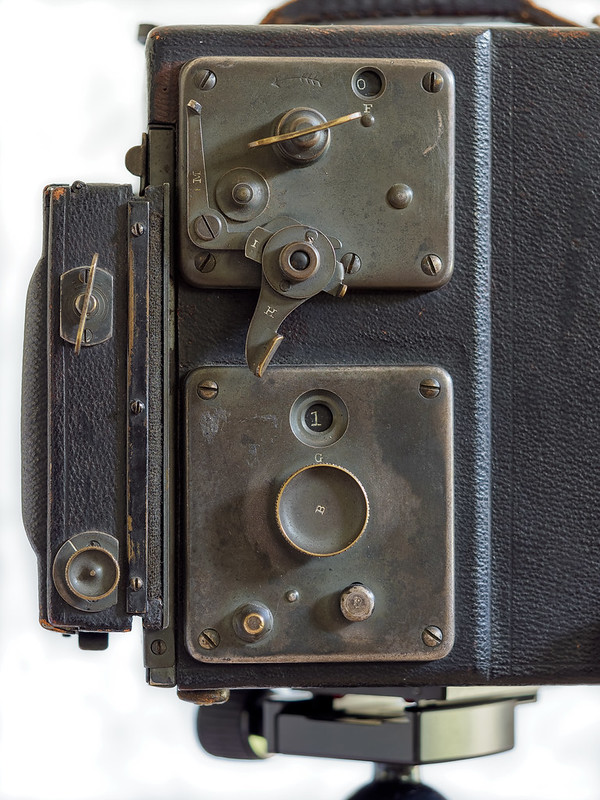Photography and image processing software innovation continues at a staggering pace. It’s hard to keep up! Companies are coming out with new versions and even completely new programs to compete with the Adobe Photoshop and Lightroom standards. And Adobe is fighting back with new updates to keep their customers happy.
 Bubble Pond, Acadia National Park (2). 16×9 crop from a 7 frame IR panorama, processed in Lightroom, Photoshop, and Topaz Sharpen AI
Bubble Pond, Acadia National Park (2). 16×9 crop from a 7 frame IR panorama, processed in Lightroom, Photoshop, and Topaz Sharpen AI
This is almost all good for photographers. Competition results in new innovations that genuinely help us with our images. If you save your RAW source files, you can reprocess a photo and often get improved results. What’s not to like?
 A small, quiet spot in the forest. Along Great Head Trail, returning from Sand Beach. Single frame, processed in Lightroom, Photoshop, Luminar, and Topaz Sharpen AI
A small, quiet spot in the forest. Along Great Head Trail, returning from Sand Beach. Single frame, processed in Lightroom, Photoshop, Luminar, and Topaz Sharpen AI
There are a couple of downsides I can think of. First, we usually have to pay for the changes. If you use Adobe’s products, their subscription model makes sure you have the latest. Some other companies are moving to subscriptions too, but many are still charging by the upgrade. Either way, it takes money to keep up. You also have to invest your time. Just knowing what software is coming out takes effort. And having the software doesn’t do a lot of good unless you understand the new features and when / how to use them. You have to spend time learning the new software. Time that you could use making photos with your camera ends up being spent in front of your computer.
 Bubble Pond, Acadia National Park (1). A second 16×9 crop from the same 7 frame IR panorama, processed in Lightroom, Photoshop, and Topaz Sharpen AI.
Bubble Pond, Acadia National Park (1). A second 16×9 crop from the same 7 frame IR panorama, processed in Lightroom, Photoshop, and Topaz Sharpen AI.
So is it worth it? I think so. If you want to make the best images you possibly can, then you can’t afford to ignore progress. But of course, it depends on you, your needs, and your available resources. And it depends on what’s changing in the software too.
Anyway, a large number of recent product releases made me think about this again. I decided to update one that I often use (Luminar) and skip a version of another (DxO Optics Pro). After downloading the software, I dug out some photos from the archive so I could play around and learn about the new things. A friend’s recent visit to Acadia made me re-look at my images from there. These three photos haven’t been on the blog before and result from processing old images in new software. Better? Probably. Revolutionary? Probably not. Worth the time and money? I think so. Your mileage may vary.
And don’t get me started about camera upgrades. That’s a completely different story!
By the way, Happy Thanksgiving – enjoy spending time with friends and family next week!
I’ve put many more of my images from Acadia National Park in this album: https://www.flickr.com/photos/edrosack/albums/72157646280743144. And please click on the photos in these blog posts to view them in higher resolution on Flickr.
Thanks for stopping by and reading my blog. Now – go make some photos!
©2019, Ed Rosack. All rights reserved




































